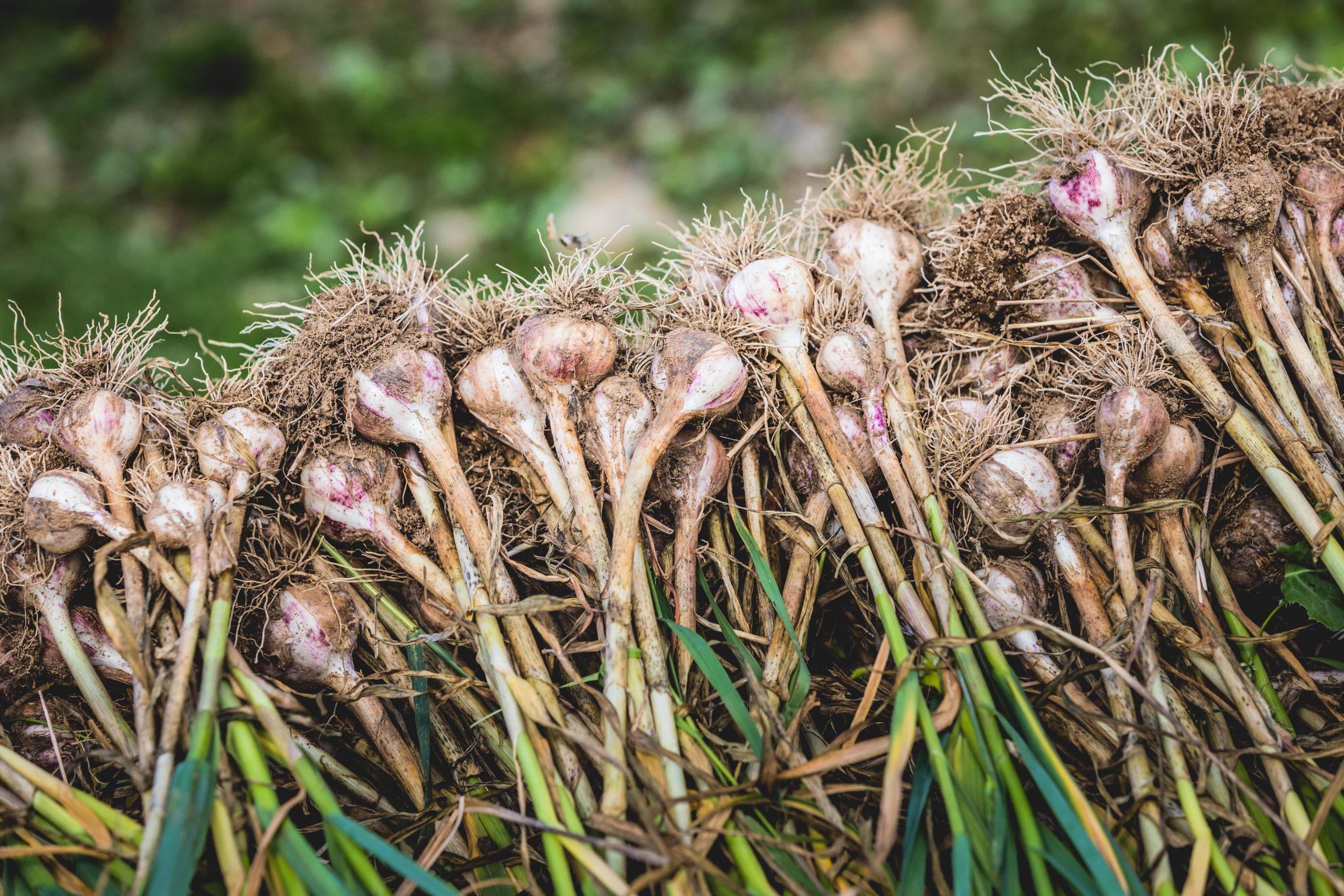Long appreciated for their reliability, nutritional value, and adaptability in various climates, root vegetables From sweet potatoes, carrots and potatoes, to turnips and radishes, these underground treasures are essential in home gardening and sustainable agriculture. Since they can live in different soils, store nutrients underground, and provide plenty of harvests, gardeners seeking food security and self-sufficiency will find them to be excellent. Moreover improving the quality of soil and diversifying the output of a garden by growing many root crops helps. Though they seem same, each variety requires distinct treatment and timing, which makes the procedure both educational and fun. Understanding the minute changes in root crop development enables gardeners to better plan their planting, rotate their crops, and increase output. Careful scheduling, soil preparation, and companion planting can help root crops become a consistent pillar of a productive garden.
Understanding Soil Requirements and Preparation
The condition of the soil determines the performance of root crops largely; it must be rich in organic matter, well-drained, and loose. Slowed down root development and distorted crops might result from compact or rocky terrain. Correct tiling and compost preparation assist to prepare the garden bed therefore enhancing both nutrient availability and root growth. Organic elements like broken leaves or well-rotted manure assist maintain moisture even while soil structure is improved.
Different root crops vary in nutritional contents and soil pH ranges. For instance, carrots thrive in moderately acidic soil with little nitrogen as too much nitrogen encourages the growth of leaves at the expense of the root. Although potatoes have a wider pH range, they benefit from phosphorus and potassium combination. Before planting, simple soil testing let gardeners choose which crops would grow best and make required changes. Encouragement of straight and healthy root development relies on making sure the soil is stone-free and tilled to an appropriate depth.
Timing and Spacing for Maximum Growth
Root crops answer their season of growth; many thrive in colder climates. Especially for quickly developing crops like radishes and turnips that could bolt in warm conditions, time is critical. Planting late summer or early in the spring allows these vegetables to flourish before the heat arrives. Others, like sweet potatoes, need different preparation and planning as they flourish in longer seasons and warmer soil calls for.
Furthermore heavily dependent on spacing is root development. Early thinning of seedlings is essential as crowded conditions could lead to slower growth and resource competition. Every plant requires ample room to flourish. Knowing the development pattern of any crop—that of spread, vertical growth, or compactness—will help one to design the layout. By using raised beds or containers, one better controls soil conditions and spacing. Well-planned timing and spacing not only improve yields but also serve to reduce the risk of disease and insect infestations that thrive in crowded plants.
Managing Pests and Diseases Naturally
Root crops are not immune to pests and diseases even if many are more hardy than other vegetable types. Typical risks include root maggots, worms, and fungal infections such mildew or scab. Handling these issues mostly depends on natural management techniques and preventive efforts. Among the better strategies are crop rotation. By not growing the same kind of root crop in the same soil year after year, gardeners may disrupt insect life cycles and reduce the buildup of soil-borne illnesses.
Introducing beneficial insects and using organic deterrents like diatomaceous earth or neem oil may help to lower pest pressure. Covering young seedlings with floating row covers offers another layer of protection against flying insects in absence of industrial pesticides. By removing weeds and debris from the garden bed, one also minimizes hiding places for harmful insects. Healthy plants are naturally more resistant; so, maintaining appropriate soil condition and watering methods helps to create an environment less suitable for pests and disease.
Harvesting Techniques and Storage Considerations
Harvesting them at the right time and technique will help to maximize root crop flavor and shelf life. Most root vegetables provide obvious signs when they are mature: sweet potatoes indicate their age when the leaf becomes yellow; carrot tops climb above the ground line; radishes produce rounded shoulders. Using a garden fork or hand trowel allows one to gently harvest without damaging the often bruise-prone roots.
Another vital is handling post-harvest. After harvest, root crops should be brushed clean of additional dirt and allowed to cure under shade in a well-ventilated area. This process helps the skin become stronger and increases storage potential. Root veggies like potatoes and beets may last months when kept cold, dark, and damp conditions. Good ventilation and moisture avoidance assist to prevent beginning of mold or rot. Gardeners that know how to properly collect and store their abundance will be able to enjoy the rewards well into the off-season.
Incorporating Variety and Crop Rotation for Sustainability
Apart from adding more nutritious value to the harvest, varying root vegetables in the garden promotes ecological balance. By planting various types of roots—carrots, parsnips, beets, and rutabagas—you guarantee a greater range of nutrients in the ground and in the food they provide. No one crop overuses the ground as each relies on different nutrients and has different water and light demands. This kind of rotation also confuses pests, therefore reducing infestations and promoting garden ecosystem biodiversity.
Rotating root crops with leafy greens or legumes may assist to improve soil fertility and structure even more, season after season. Legumes, for instance, fix nitrogen into the ground, which benefits future root crops surrounded by low nitrogen levels. Choosing many root crops for every planting season assures that the earth remains healthy and the garden generates year after year. This cautious approach not only preserves the state of the garden bed but also advances sustainability and resilience.
Conclusion
Planting several root crops provides many benefits for anyone wanting to design a successful and balanced garden. These hidden treasures increase nutritional variety and self-reliance as well as enhance the soil and optimize space, thereby supplementing much more than what is clearly visible. Planting and harvesting becomes an interesting process as every crop has particular demands, rhythms, and rewards. With the right preparation, timing, and upkeep, root crops may flourish in gardens of all sorts and provide continuous nourishment all through the seasons. Their premise for sustainable gardening is endurance, imagination, and patience—qualities that describe me. By embracing the diversity and depth of root crop growth, gardeners not only improve their connection to the earth but also build a system that returns in both productivity and health year after year.



